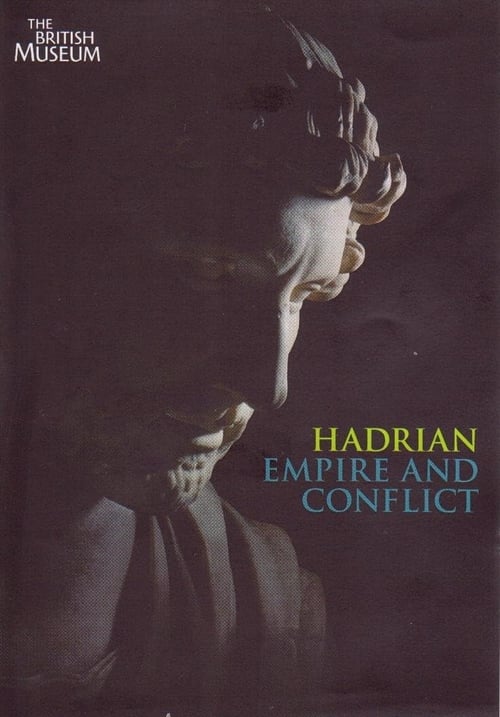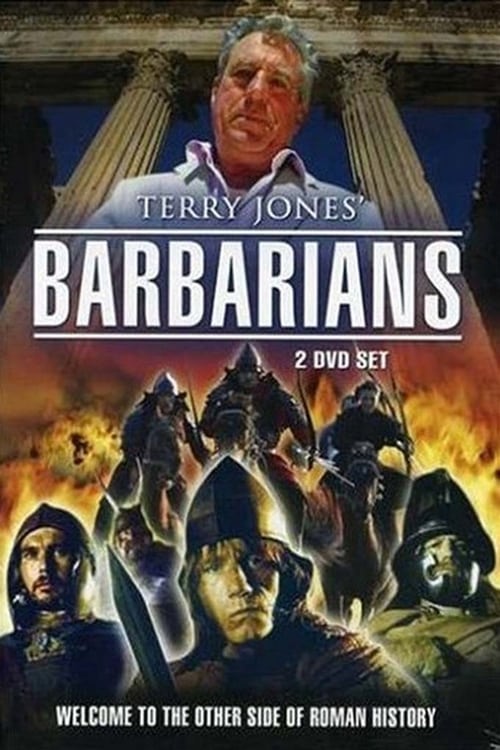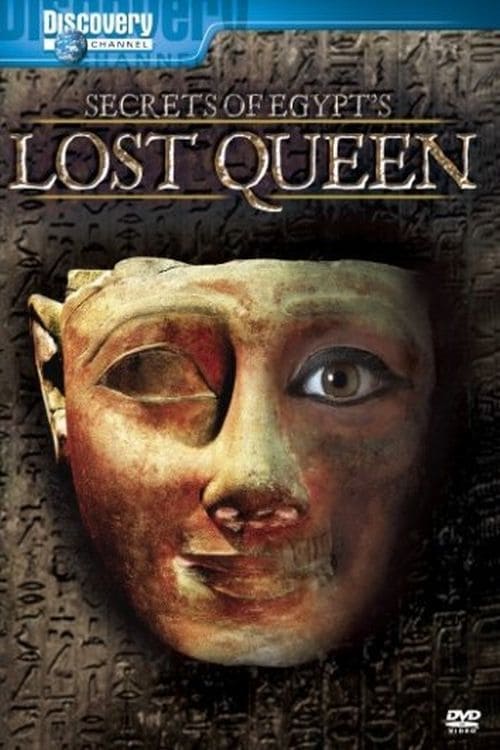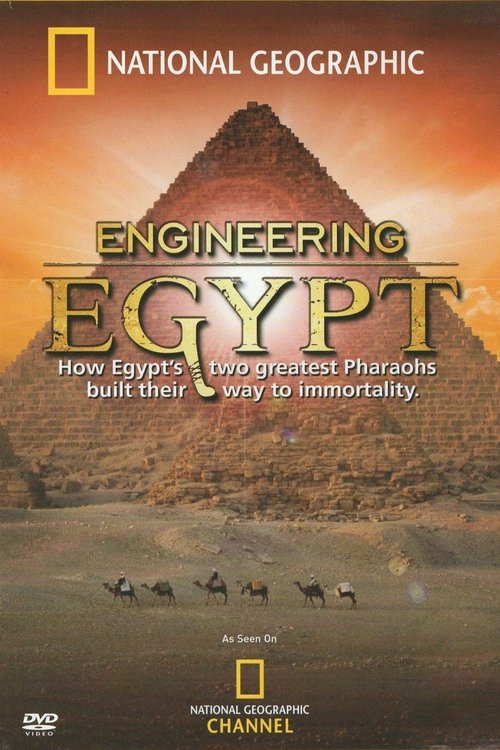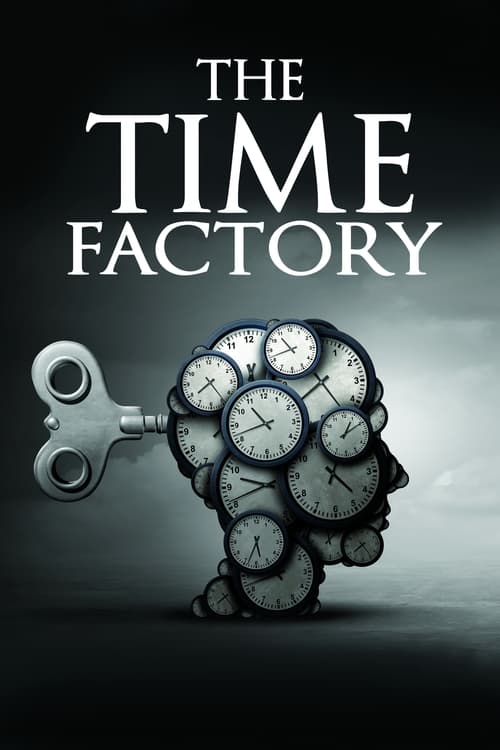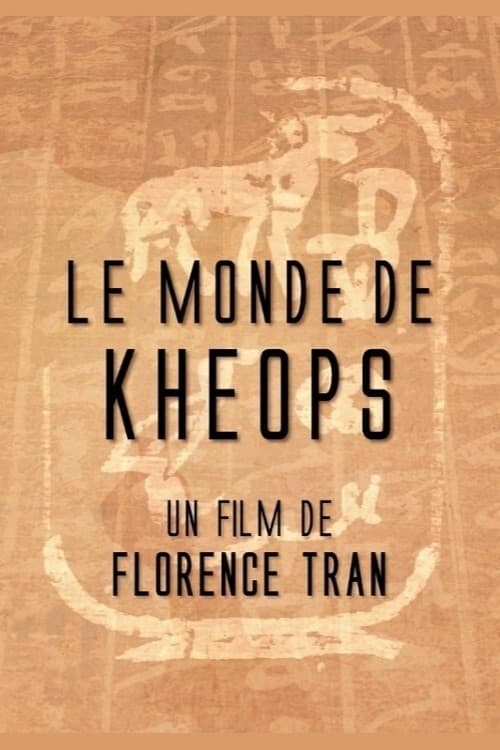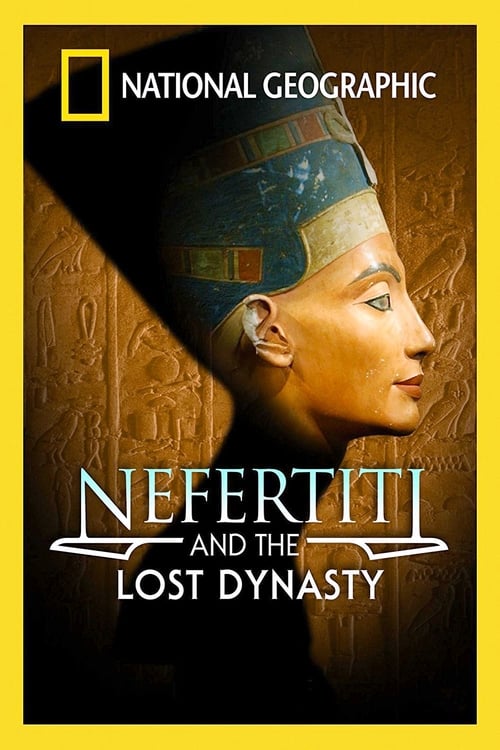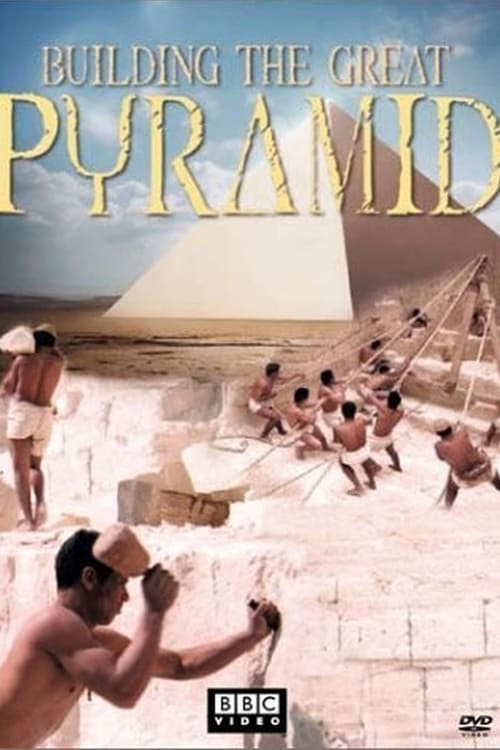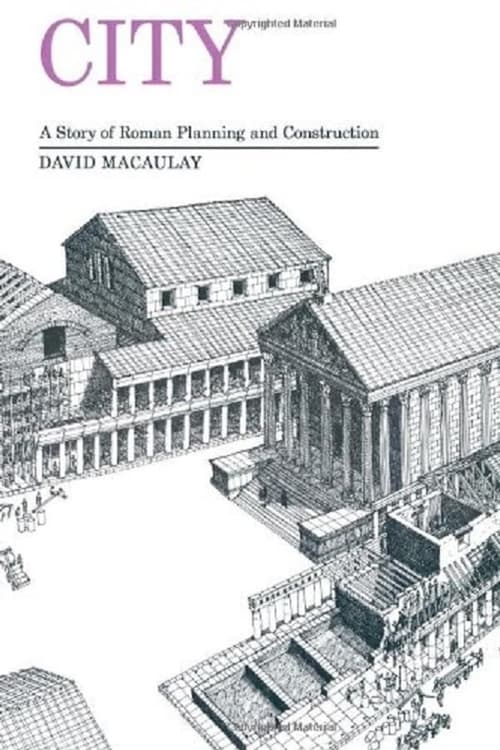Cleopatra: Mother, Mistress, Murderer, Queen
Cleopatra, the last Egyptian queen and one of the most legendary women in history. A beautiful seductress who used her sex appeal in order to manipulate the most powerful men in the Roman Empire. This film reveals the truth behind the legend.
Cast

Ellie Goffe
as Cleopatra

Gabriel Lo Giudice
as Octavian

Terry Scotchmer
as Mark Antony

Alex Walker
as Julius Caesar

Rim Tounssi
as Handmaiden
